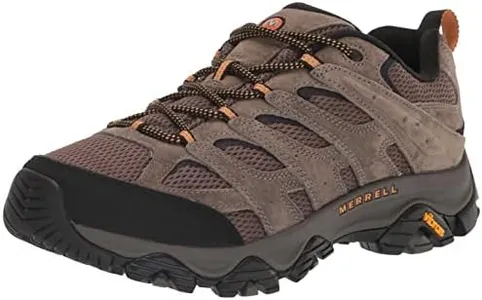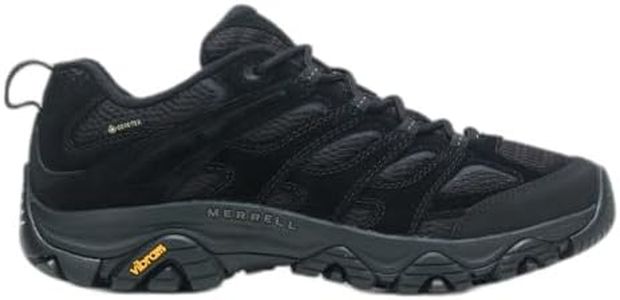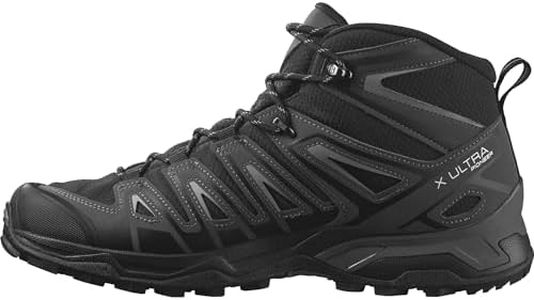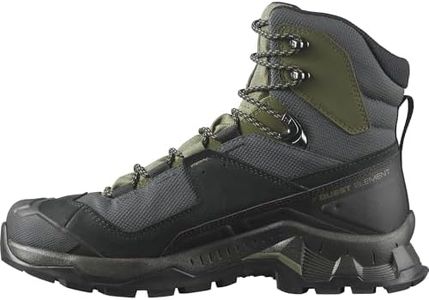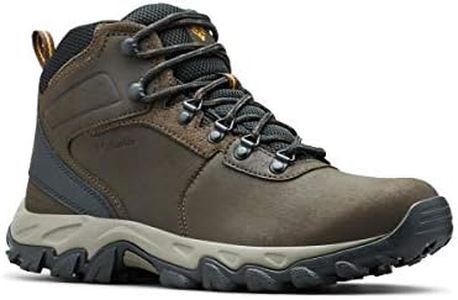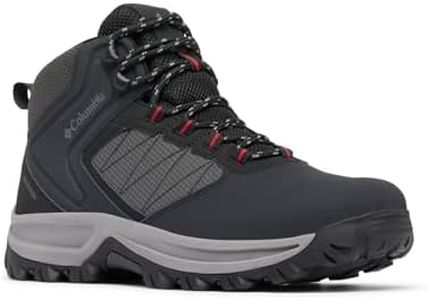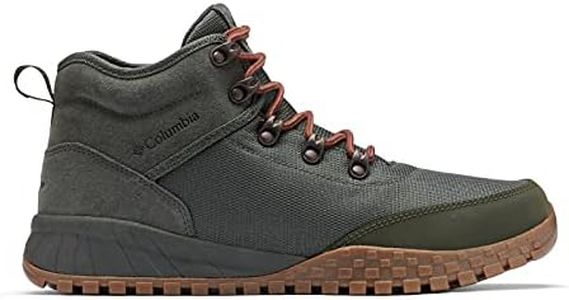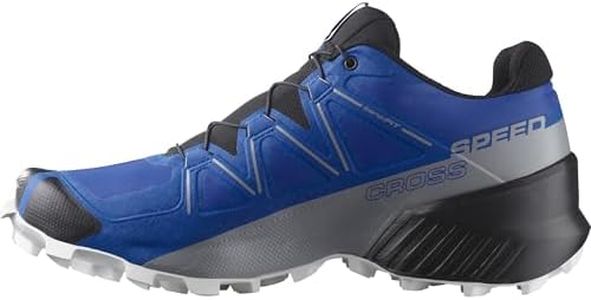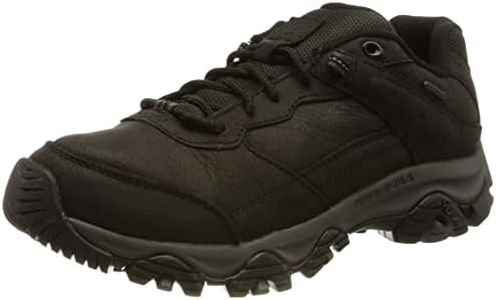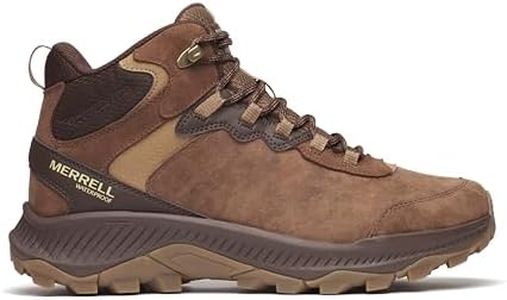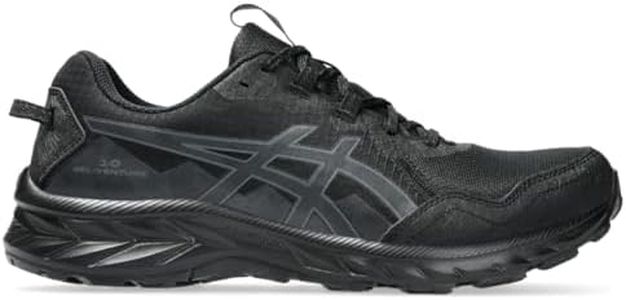We Use CookiesWe use cookies to enhance the security, performance,
functionality and for analytical and promotional activities. By continuing to browse this site you
are agreeing to our privacy policy
10 Best Mens Hiking Shoes
From leading brands and best sellers available on the web.Buying Guide for the Best Mens Hiking Shoes
Choosing the right men's hiking shoes is important to make sure your outdoor adventures are comfortable, safe, and enjoyable. The ideal pair will depend on the type of hiking you do, the terrain you'll encounter, and your personal comfort needs. Before you buy, think about where you'll be hiking most often, the weather conditions you'll face, and how much support and durability you require. It's also a good idea to try shoes on later in the day when your feet are at their largest, and to wear the socks you intend to hike in. Remember, the best hiking shoes should keep your feet protected, supported, and comfortable for miles.Fit and SizeFit and size refer to how the shoe matches the shape and length of your foot, which is crucial for preventing blisters and discomfort on the trail. Hiking shoes that are too tight can cause pain, while those that are too loose may lead to blisters due to rubbing. When evaluating fit, look for a snug but not tight feel around the heel and midfoot, with a little room to wiggle your toes in the toe box. Shoe volume and width can also differ between brands, so try a few options if possible. Your intended hiking style is key—day hikers might get by with a slightly softer fit, while backpackers with heavy packs need a more secure fit.
WeightThe weight of hiking shoes affects how much energy you'll use while walking. Lighter shoes are easier to move in and are usually favored for short hikes or well-maintained trails. Heavier shoes, often sturdier, provide more protection and support, which is useful on rugged terrain or if carrying a backpack. Think about the kind of trails you frequent: light shoes suit day hikers sticking to easy paths, but for rough trails or longer treks, something a bit more substantial might be best.
Support and CushioningSupport and cushioning describe how the shoe stabilizes your foot and absorbs shock with each step. Shoes with good arch and ankle support are ideal for uneven terrain or those prone to ankle injuries, while more flexible, low-cut shoes work for those who prioritize freedom of movement. Cushioning underfoot can be minimal for a more connected ground feel, or thick for extra comfort during long hikes. If you have flat feet or sensitive joints, pay special attention to this feature.
Traction and OutsoleTraction is determined by the pattern and stickiness of the shoe’s outsole. Shoes with deep, aggressive lugs provide strong grip on mud, rocks, and loose surfaces, which is great for challenging terrain. Shallower tread patterns work on flat or packed trails but might not grip well on slippery or steep ground. Consider where you'll hike most often—opt for more aggressive soles if you tackle rough or unpredictable trails; simpler patterns suit milder hikes.
Breathability and Water ResistanceBreathability is how well shoes let moisture escape, keeping your feet dry and cool. Mesh uppers are great for warm, dry weather. Water resistance, most often through a membrane or coating, keeps feet protected in wet conditions but can sometimes trap sweat. If you mostly hike in dry conditions, prioritize breathability. For rainy climates or stream crossings, water-resistant shoes are a better option, but remember they may be less airy.
DurabilityDurability refers to how well the shoes withstand wear, tear, and rough conditions over time. Materials like high-quality leather and reinforced rubber bumpers usually last longer but may be heavier. Lighter shoes with more mesh might wear out faster if used heavily or on tough trails. If you hike frequently on rocky or abrasive terrain, look for sturdier construction; for occasional use on gentle paths, lighter, less durable shoes can still serve well.
